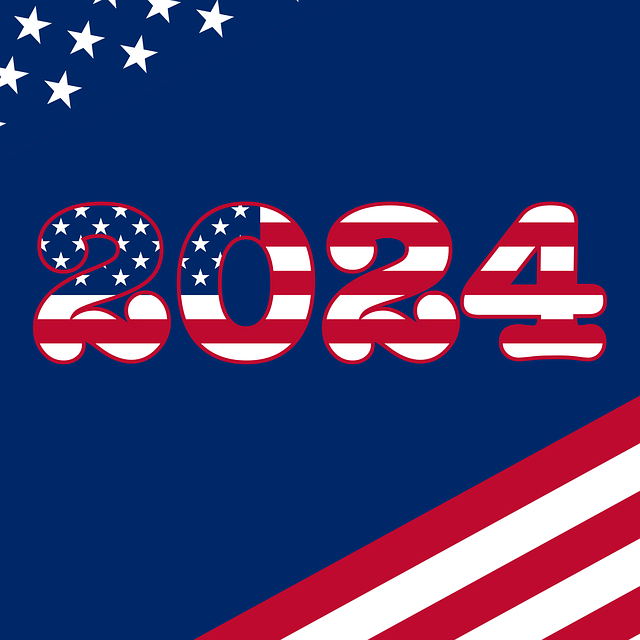Flags, as potent symbols, have historically represented nations, cultures, and ideals, especially in moments of freedom and independence. "Ultimate Flags" emerge from these struggles, conveying deep historical meanings and becoming rallying points for resistance. They use colors like red (passion, courage) and blue (calm, stability) to symbolize power and resilience, fostering national pride and unity. In modern times, artists and activists reinterpret traditional flags to drive cultural and political change, making them dynamic tools for social conversations about identity and sovereignty. Each ultimate flag tells a unique story of freedom and independence, reflecting the diverse paths nations have taken in their quest for liberty.
Unfurling a story of courage and self-determination, this article delves into the powerful symbolism of flags representing freedom and independence. From historical perspectives to modern interpretations, we explore iconic designs that have ignited movements and redefined nations. Unravel the psychology behind color choices and discover global varieties that celebrate liberty in unique ways. This comprehensive guide, focusing on ultimate flags, provides insights into the enduring significance of these symbols across cultures and continents.
- A Historical Perspective on Flags and Their Symbolism of Freedom
- Iconic Designs: Flags That Have Defined Independence Movements
- The Psychology Behind Color Choices in National Flags
- Modern Interpretations: Flags as Cultural and Political Statements
- Exploring Global Varieties: Unique Flags Representing Liberty
A Historical Perspective on Flags and Their Symbolism of Freedom
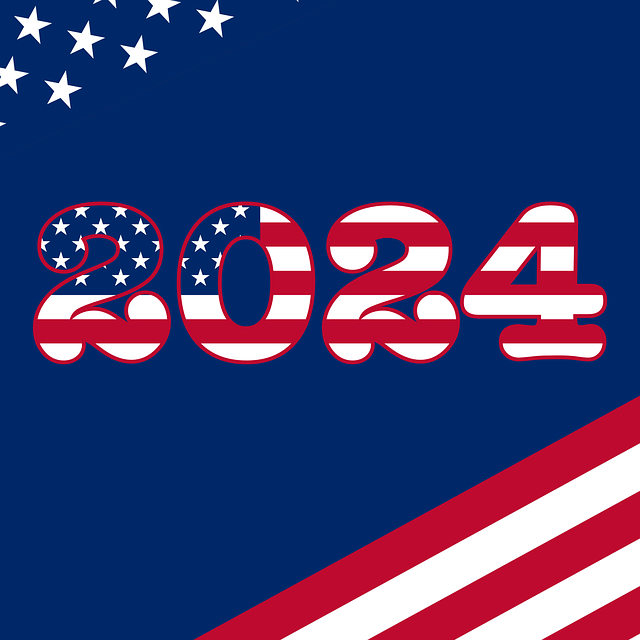
Flags have long served as powerful symbols, representing nations, cultures, and ideals. In the context of freedom and independence, they hold a profound historical significance. Throughout history, various flags have become iconic representations of liberation and national identity. The design, colors, and emblems incorporated into these Ultimate Flags often carry deep meanings, reflecting the struggles, victories, and aspirations of a people.
In many cases, flags were adopted during pivotal moments in the fight for independence, becoming rallying cries and symbols of unity. They inspired resistance movements and served as a visual reminder of the pursuit of freedom from colonial rule or oppressive regimes. Over time, these flags have evolved, taking on new interpretations and meanings as societies progressed, but their original symbolism remains deeply ingrained in collective memory.
Iconic Designs: Flags That Have Defined Independence Movements
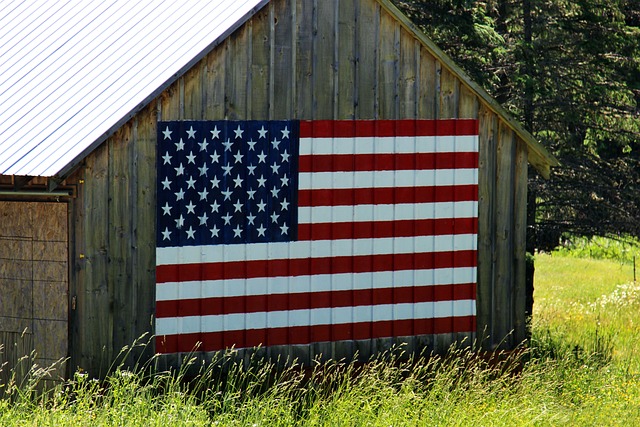
Flags have long been more than just pieces of fabric; they are powerful symbols that represent a nation’s identity, aspirations, and struggles. When it comes to independence movements, certain flags have emerged as iconic designs, capturing the essence of freedom and democracy. These ultimate flags often feature bold colors, simple yet striking symbols, or unique patterns that resonate with people’s desire for autonomy and self-determination.
For instance, the flag of the United States, with its red, white, and blue stripes and stars, has become synonymous with liberty and revolution. Similarly, the tri-color flags of countries like France (red, white, and blue) and Ireland (green, white, and orange) carry profound historical meanings related to their independence struggles. These flags serve as lasting testaments to the power of visual symbolism in inspiring and uniting people for a common cause, making them enduring symbols in the global landscape of freedom movements.
The Psychology Behind Color Choices in National Flags
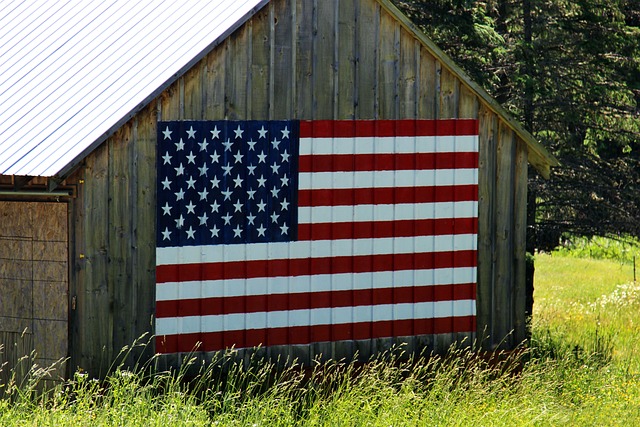
The colors chosen for national flags are far from arbitrary; they carry deep psychological and cultural significance, reflecting the values and aspirations of a nation. The psychology behind color choices in flags is a fascinating exploration of how different hues evoke specific emotions and convey meaning. For instance, red often symbolizes passion, courage, and strength, while blue evokes feelings of calm, stability, and peace. These colors are frequently used to represent independence and freedom, as seen in many national flags around the world.
Ultimate Flags, for example, highlight these psychological connections by featuring bold reds and blues in their designs. The vibrant shades instantly convey a sense of power and resilience, reminiscent of the struggles for liberty that many nations have endured. By tapping into these universal associations, flags serve as powerful visual symbols that unite people under a common identity, fostering a sense of national pride and unity, especially when celebrating freedom and independence.
Modern Interpretations: Flags as Cultural and Political Statements

In today’s world, flags continue to evolve as powerful symbols that transcend their traditional roles in representing nations and their people. Modern interpretations of flags have extended into the realms of cultural and political statements, where they serve as a means of expression for diverse identities and aspirations. Artists, activists, and designers often reinterpret ultimate flags to convey messages of freedom, unity, or resistance against oppressive regimes. These contemporary adaptations can be seen in street art, protest movements, and even fashion, demonstrating the enduring significance of flags as cultural touchstones.
Through these creative endeavors, flags become more than mere pieces of fabric or cloth; they transform into dynamic tools for social change and a means to challenge existing power structures. By appropriating historical symbolism or creating entirely new designs, modern interpretations invite dialogue and spark conversations about identity, sovereignty, and the pursuit of independence. This evolution highlights the adaptability of ultimate flags as they continue to play a vital role in shaping cultural narratives and political landscapes.
Exploring Global Varieties: Unique Flags Representing Liberty
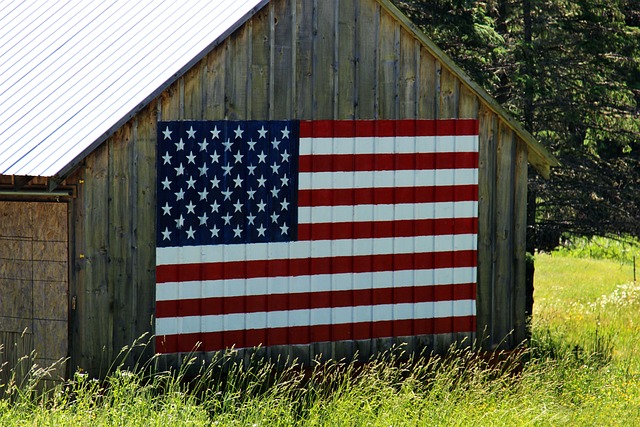
The concept of freedom and independence is a universal one, yet its representation varies greatly across different nations. When we talk about ultimate flags, each design tells a unique story of struggle, victory, and identity. From the bold colors and simple shapes of the American flag, symbolizing the country’s revolutionary spirit, to the intricate designs of European nation-states, often reflecting their historical battles and cultural heritage—every flag is a testament to the quest for liberty.
Around the globe, flags representing freedom come in diverse forms. Some showcase powerful symbols like eagles or lions, embodying strength and sovereignty. Others feature stars and stripes, evoking the ideas of equality and unity. Unique patterns and colors also play a significant role, with each having its own cultural significance. These global varieties not only reflect the rich tapestry of human history but also serve as visual reminders of the diverse paths taken to achieve independence and the unique identities that have emerged from these journeys.
